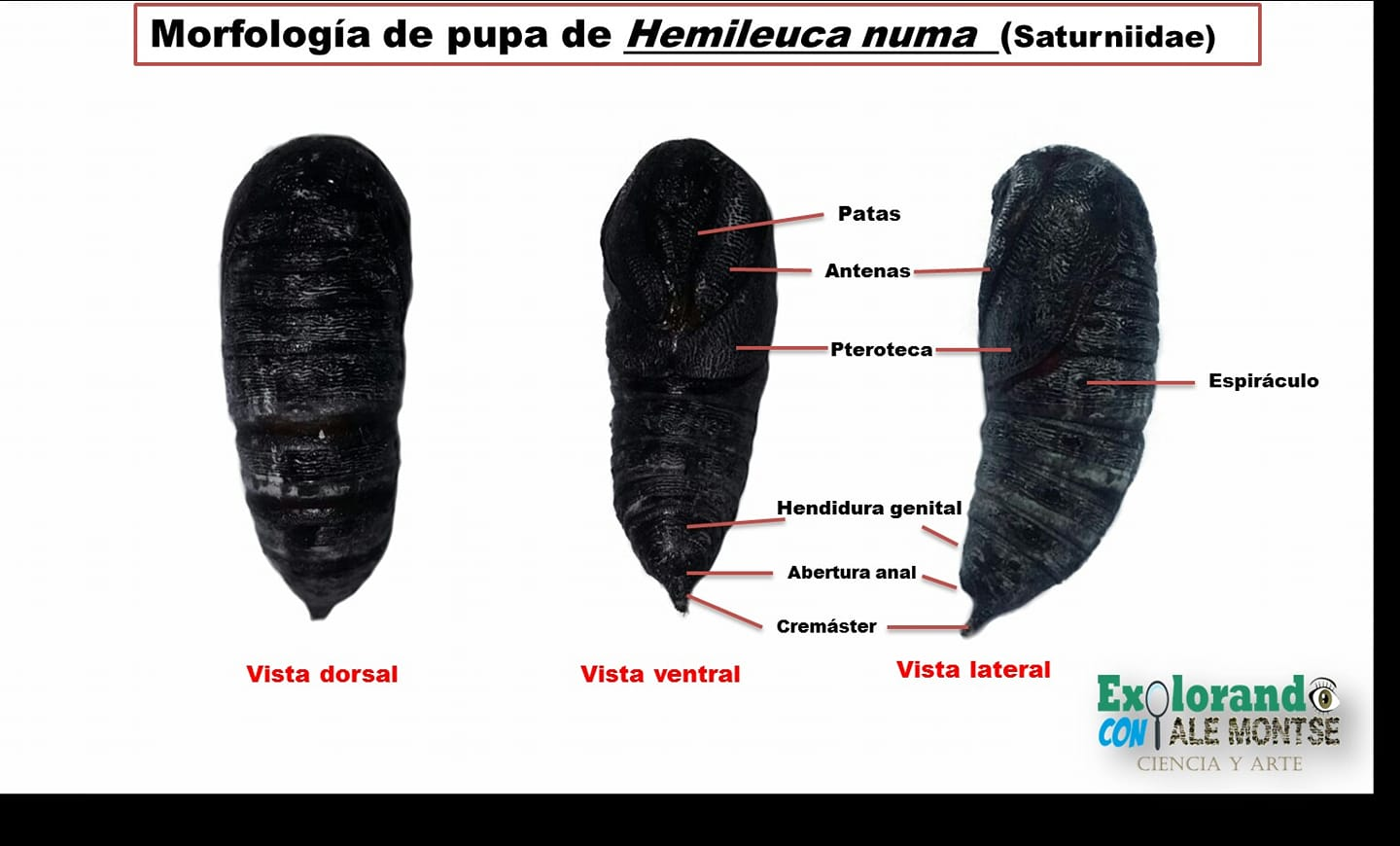Time for another moth post? I can't say I've missed these moths but I shall be glad to have finished the list.
Well, then. Hemileuca nigrovenosa has been classified as a variant of H. burnsi. Of H. nitria, a Mexican species or subspecies, Harrison Dyar wrote in 1911 that it was very similar to H. numa "and maybe a variety of that." H. norba was apparently identified as a species based on one unusual-looking moth found in Mexico; no more seems to have been written about it, except that the name appears on lists. H. normalis was classified as a variant form of H. eglanterina. This brings us to H. numa itself, a very scantly documented species or subspecies found in Mexico.
Hemileuca numa is a small, drab moth. It may look pale gray with the usual Hemileuca band of color shading, and mid-wing spots with a comma-shaped marking in the center; it may show only part of this typical Hemileuca pattern, with colors fading to off-white toward the outer edge of the wing; or it may look off-white and translucent, similar to H. dyari. In a museum that has a pair, the male's wings are clearly marked while the female (shown above) is almost white, Whether this is a consistent pattern of sex dimorphism or a less predictable instance of individual variation seems to be unknown..
Though the whole genus Hemileuca are known for being madly variable and hard to classify, the Lepidoptera Mundi site has lined up typical specimens of each species for comparison: Photos rather than actual moths were lined up; H. magnifica looks no bigger than H. electra, though in real life it is bigger. H. numa looks smaller than the others, as in real life it is.
Flying in March is atypical for the genus Hemileuca but the species is not well enough documented to say whether the individual photographed in March was normal. Eggs, host plants, and larvae appear to be undocumented on the Internet. Si tenemos lectores mexicanos, seria facil llegar primero con foto clara. US naturalists classified this species together with oliviae as "Range Caterpillars" that eat grass and were suspected of eating corn, about a hundred years ago. Their fears and suspicions are now regarded as a mistake; their guesses about the life cycle of H. numa may or may not have been any more accurate.
One source does have clear photos of the pupa. The pupa is blackish all over and seems to be trying to look like a pebble.
Photo from Explorando con Ale Montse at https://www.facebook.com/photo.php?fbid=960689314446363&id=392438654604768&set=a.430248520823781 .



No comments:
Post a Comment